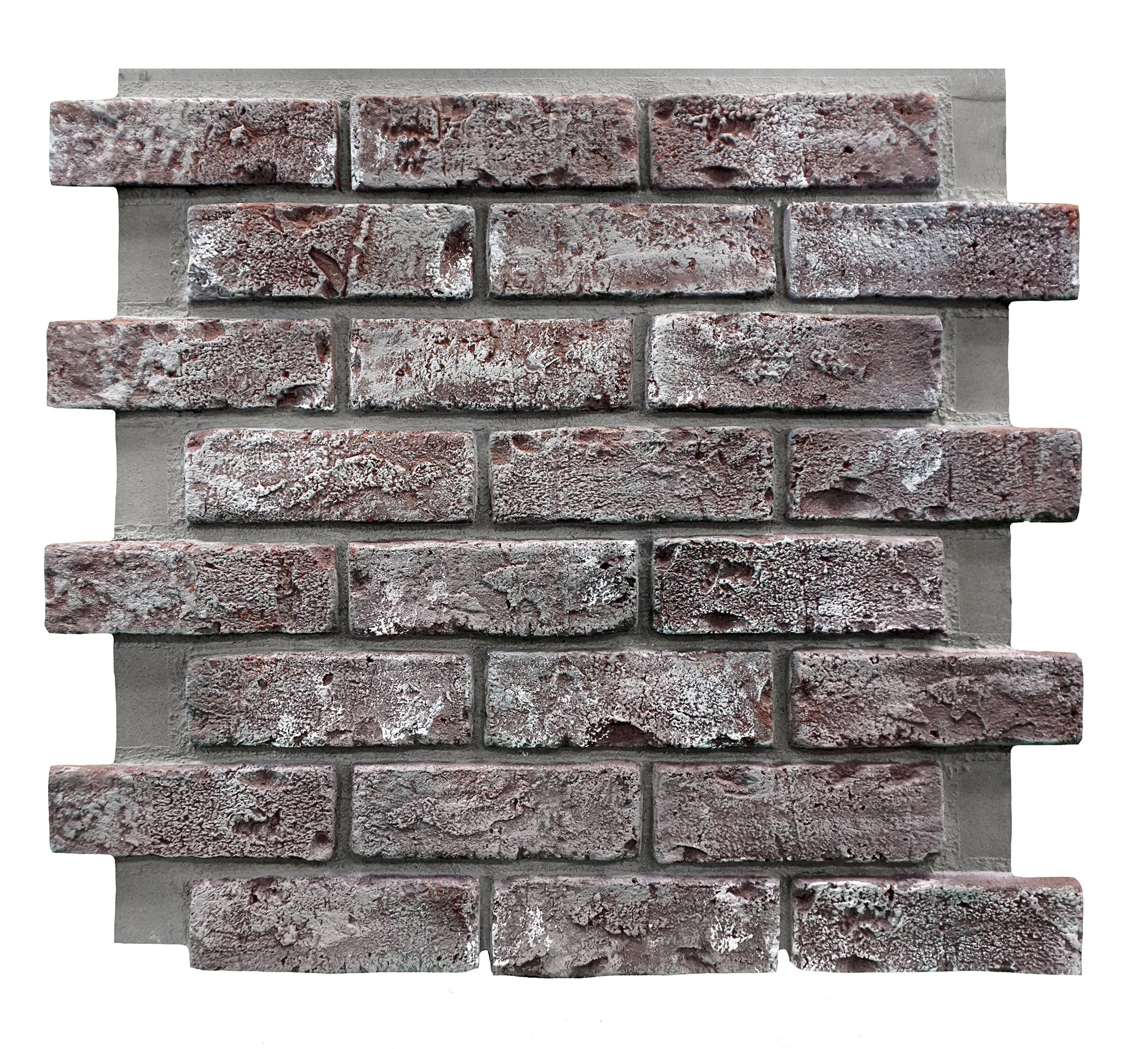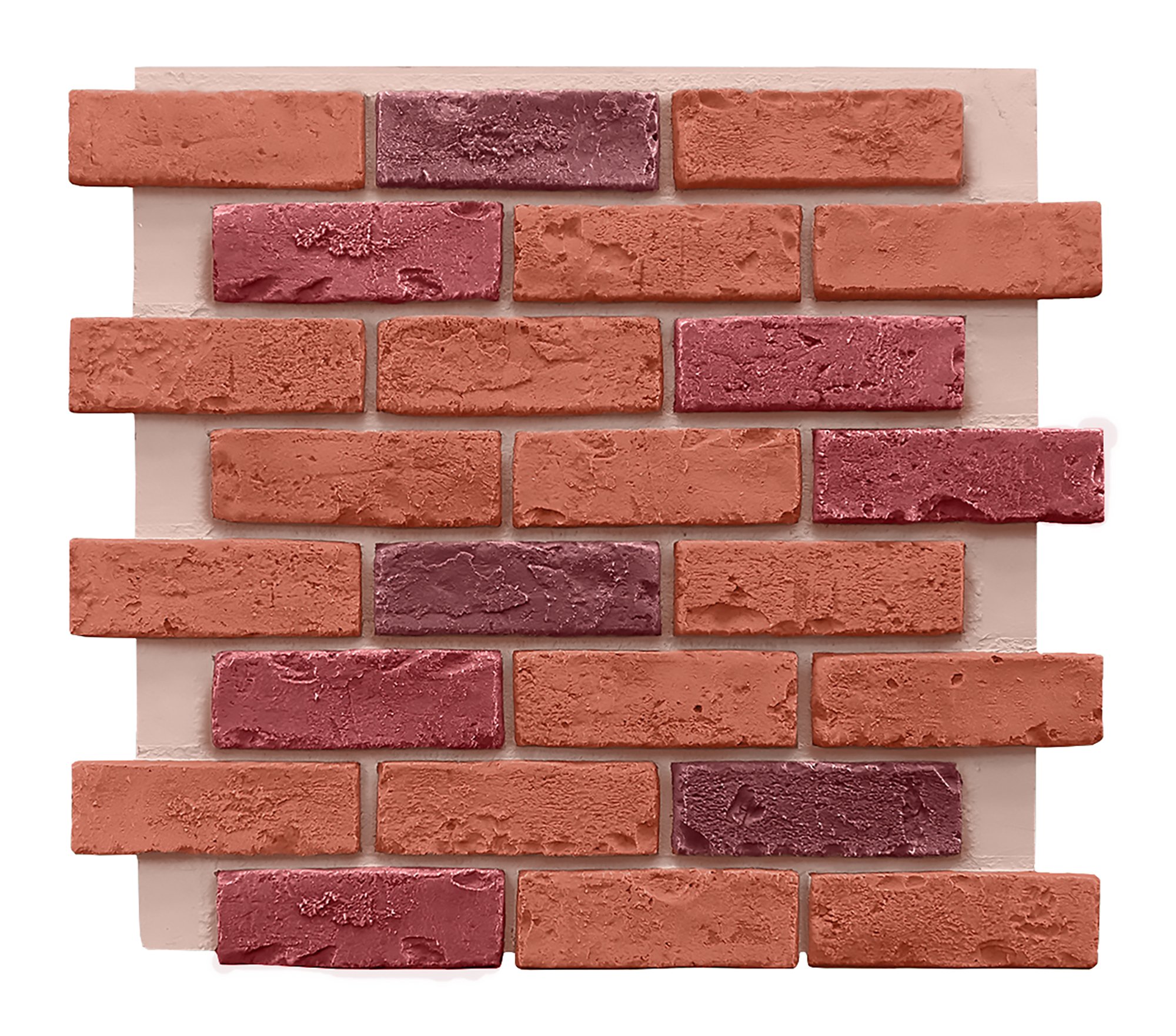Wine cellars are intimate, timeless indoor spaces that provide wine connoisseurs a home for their most cherished libations.
Whether you’re partial to a 2011 Screaming Eagle or a newer-vintage Right Bank Bordeaux, every fine wine should have a cool, secure place to bide its time until the occasion is right for uncorking it and reveling in its splendor.
Wine cellar design tastes vary widely. However, there are some design elements that universally suit all wine cellars, and natural stone is one of them. While you could go out and spend potentially thousands on heavy, bulky natural stone to use in building the facades for your wine cellar, the same look can be achieved using high-quality, beautiful faux stone or faux brick panels from GenStone.
In this guide, we’re going to walk you through the steps to creating an inviting, sophisticated wine cellar that will serve as the perfect storage space for all of your finest wines.


